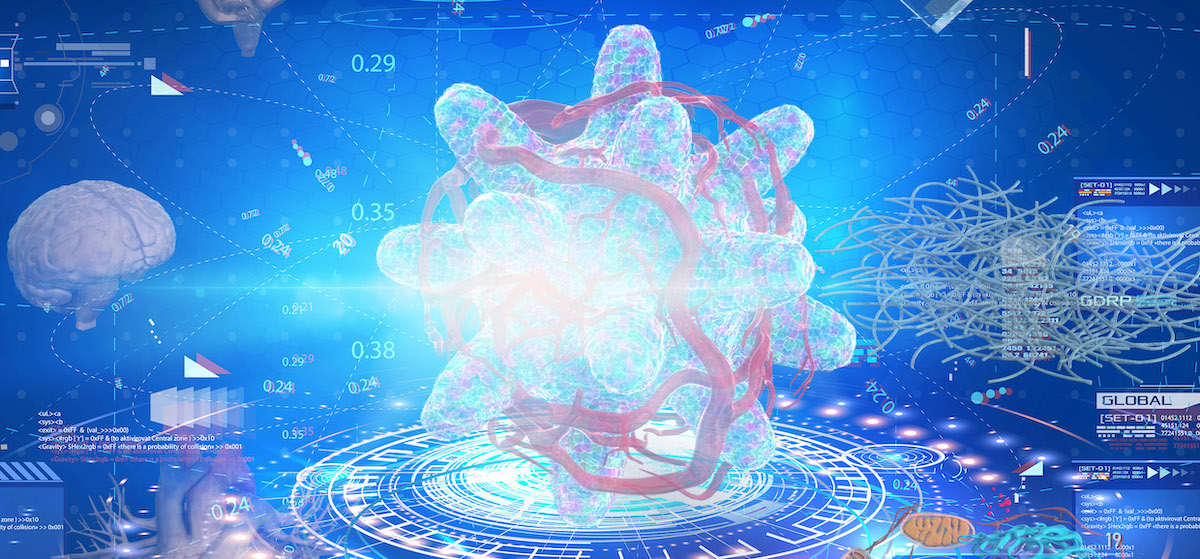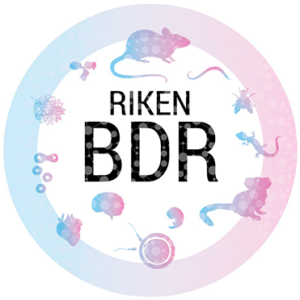- Home >
- About
About
Overview

Rapid progress has been made worldwide, particularly after 2013, in research on generation and applications of organoids (artificial 3D organs). This is a result of the vast knowledge acquired in developmental biology from studying model animals and of the technical advances in recent years for culture and manipulation of pluripotent stem cells. Expectations of the significant contributions that developmental biology and related fields will yield for basic research as well as applications in regenerative medicine has led to research institutions in many countries to concentrate investment in human resources and research funding for this field, while in Japan, the scientists are struggling on their own.
RIKEN BDR (former CDB) was the first to report an 3D self-organization approach to generate cerebral cortical tissue in 2008 and an optic cup in 2011. These achievements were brought about through the accumulation of scientific findings related to BDR’s forte in 3D tissue morphogenesis, and it still keeps potential to drive cutting-edge organoid research.
This project aims to establish RIKEN BDR as a worldclass base for 3D organogenesis research by building a systematic framework for organoid research, taking advantage of the interdisciplinary nature of the center which includes fields of biology, engineering, mathematics, etc.
Aim

This project aims to establish RIKEN BDR as a worldclass base for 3D organogenesis research by building a systematic framework for organoid research, taking advantage of the interdisciplinary nature of our center which includes fields of biology, engineering and mathematics, etc. To achieve this, we need to establish a research phase pipeline to ensure rapid realization of applications for three-dimensional cultured organs. This will require promoting research in all phases of the pipeline in parallel, from elucidation of the principles of self-organization to optimization and standardization of organoids for societal implementation.
